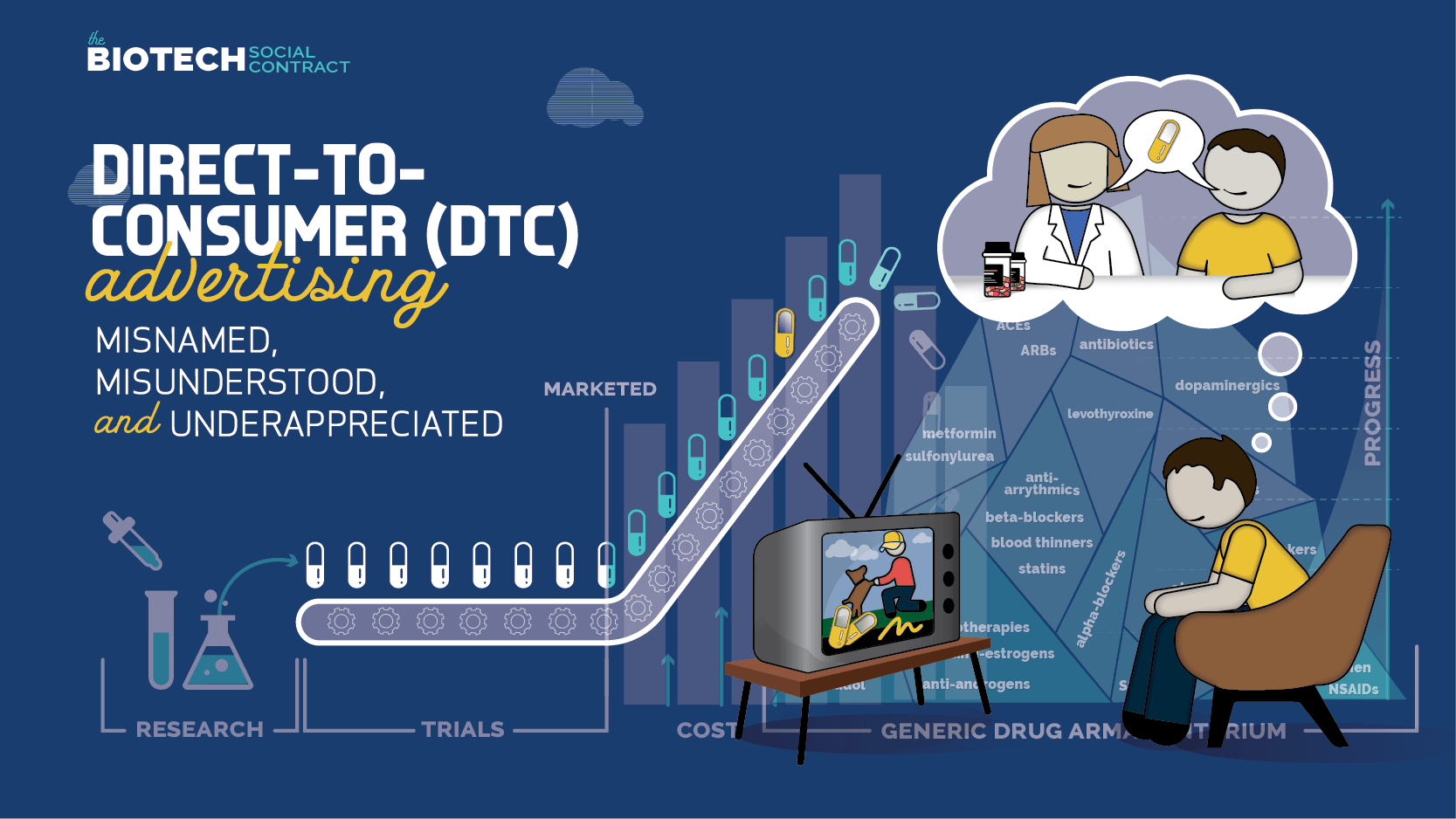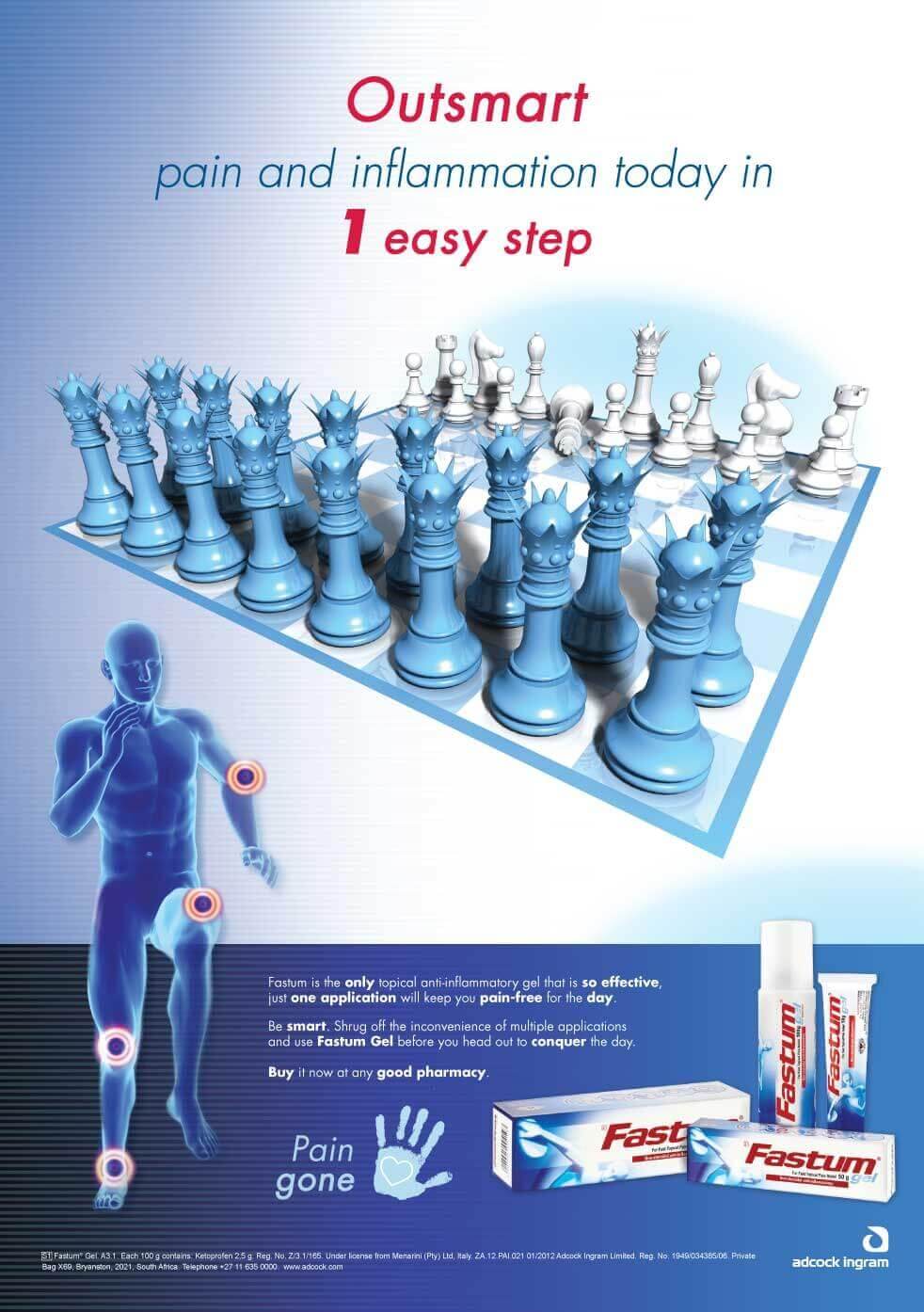
When selling directly to the consumer, without the intensive advertising narrative or unfolded story, you need to have a pretty damn good product in place. That’s why pharmaceutical companies use this approach in their selling because they already know their consumer is in demand for them and, in some cases, they actually can’t live without them! However, direct-to-consumer (DTC) brands aren’t solely made up of drug-related products that depend on a consumer’s health status. On the whole, DTC brands have been doing advertising poorly by rejecting measuring capabilities that can lead to an upsize for their market.
According to the Out of Home Advertising Association of America (OAAA), in 2019’s Q2, OOH revenue grew 7.7 percent compared to the same period in 2018, now reaching $2.9 billion. Digital OOH channels have had the greatest increases, which accounted for 31 percent of the total revenue. Currently, DTC brands are using television and OOH to communicate with consumers however they’re not using new technologies to connect these channels with data leverage techniques and overall campaign commitment. This article will discuss linking OOH to digital for DTC brands, as well as see how newer platforms are designed to help their growth.

Digital Linking Up With OOH
Due to the fact that the digital advertising market is so saturated, advertisers must look at other ways to connect with their audiences. Tight spaces like direct-to-consumer brands should absolutely see the possibility of combining digital ad space with OOH opportunities. Our world as we know it sees the influx of ad channels greeting each other, making amends, and partnering up to deliver a fully fleshed out ad campaign. Brands that have treated their advertising in very average DTC ways should carry forth in creating an OOH impression firstly. This way, they’ll get their first audience base. Then, they can retarget their base with effective digital advertising. The two can work together as a step-by-step method.
Marketers can use new measurement capabilities to track the pattern of the OOH-exposed audience and compare that with people who weren’t exposed to the outdoor advertisement. This can allow them to measure conversion rates, like web traffic, and determine whether the OOH is affecting a consumer’s behavior and, potentially, creating a buying decision. By leveraging new technology advancements, DTC brands can get a better picture of who they should be targeting in outdoor spaces.

Next Gen OOH Platforms
New buying platforms such as AdQuick, the Rubicon Project Exchange, and Adelphic are quickly making it easier for DTC brands to purchase OOH ad space just as fast as it is to buy digital ads. A ton of new OOH inventory is being bought and sold programmatically, which allows buyers to change up their creative based on location, time, and audience data, making it convenient to deliver the right ad at the right time. DTC brands should be heading more in the programmatic direction, because their messages can be tailored to more audiences when more relevant data is found. The platforms listed above use idealistic targeting and measurement tactics to explain demographic data to even the simplest of brands in need of a kick. It’s a smart decision for DTC brands to pay attention to the ways other brands present themselves in the OOH space by using data management and tracking to alert their audiences. No one wants to see the same old ad everyday; new platforms change that up.


